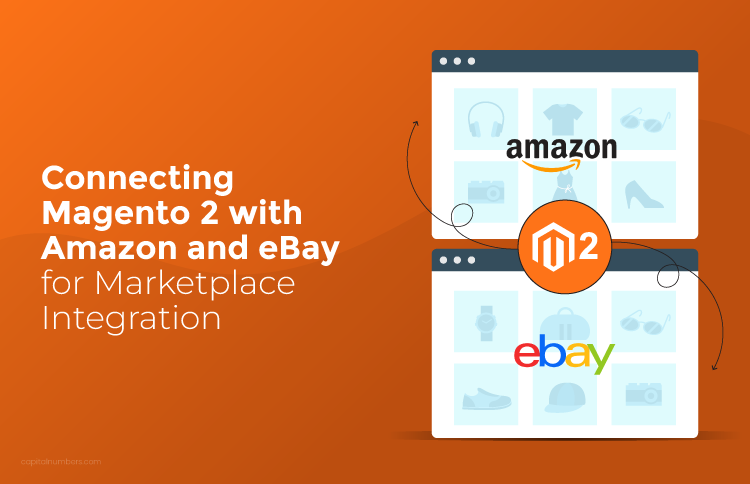The Definitive Guide to Staff Augmentation
Table of Contents
Business interconnectivity and dynamic online environments mean that business owners have to adapt to many different goals, objectives, and technologies. This goes double if you’re in a highly technical field such as SaaS.
However, the complex modern business landscape also has its advantages. For example, staff augmentation is easier than ever before. And, we highly recommend that businesses take advantage of this opportunity whenever possible.
Now, you might already have an in-house team that is doing everything for you. That’s important, but it’s just one piece of the puzzle.
It’s no secret that we view an in-house team as just one essential component of a larger system. It’s just not cost- or time-effective to have an in-house team manage everything, especially when you can multiply your efforts through outsourcing. The best model is to have a core “A-team” of in-house employees while greatly multiplying your productivity through hiring a remote team. This will save you a lot of energy, time and money when it comes to recruitment, systems, and processes.
So what’s the best way to go about hiring a remote team for staff augmentation? Read on to find out.
Advantages of Staff Augmentation
To Eliminate Skill Gaps
Outsourcing is the fastest way to close any skill gaps in your company without going through the time and expense of hiring in-house staff. For example, if you’re interested in having developers work on a single project, but you don’t know if you’ll need ongoing development services, you could use outsourced developers as a solution.
To Halve the Costs
For a variety of economic and social reasons, you can usually outsource development work and get a comparable level of quality as you might find from an in-house developer at about half the cost. This is ideal for lean startups and SMBs who don’t always have the budget to hire a development team in house. Plus, outsourcing is much more scalable, which brings us to…
To Create Greater Flexibility
Businesses looking to scale will need a level of flexibility in their projects and development options that isn’t solved by simply hiring and firing in-house talent. With outsourcing, the ability to scale up and down is granted in a matter of days or weeks, not months. For example, if you have a seasonal business, staff augmentation during certain times of the year will be a necessity.
Reduce Development Time
This should be self-explanatory. More people working on the project usually means it can get done quicker. Sometimes, your in-house team has to juggle multiple projects. Simply augmenting your in-house team with outsourced workers can make things go much faster.
How to Start
First, identify the area you need to augment. Let’s say you have an app idea but you need to augment your core development team so you can get it done faster and hit your launch date. You would then take note of the specific skills required, the amount of work needed, and your goals.
Consultation and Planning
Next, identify a remote outsourcing partner you can trust. Look at their processes, thought leadership, testimonials, and portfolio. And, look at their infrastructure and team management. The best remote firms will offer in-depth consultation before you start… they’ll go over your goals, what you’re doing currently, and provide estimates on time frames and costs. Further, they’ll provide open and clear communication during the onboarding process, and in fact throughout the entire process.
Onboarding
Good remote firms will provide trained, managed, and vetted staff so that you don’t have to. Further, they’ll allow you to interview their selected staff to see if they’re a fit. Once this part of the process is complete, they should be able to ramp up in 48 hours to a week.
Management
Your remote staff may not have to be managed as tightly as you would your in house staff, but they will still need regular check-ins. Foster open, clear communication, especially when it comes to setbacks, delays, and bad news. These things happen in every single project, and you want to hear about them as soon as they happen, so you can start fixing them immediately.
Pricing Models
One of the biggest mistakes a lot of entrepreneurs make is to go into any outsourcing project expecting to use a fixed price model. Or, in fact, expecting any pricing model to work regardless of the project. Pricing can vary on a per-project basis and you and your remote partners might have to negotiate something that works for both of you. Here are some options:
Fixed-Price
This is almost never the best option because as the project develops, it might turn out to require more or less work. Developers who are constrained by a fixed price cannot do any more work than you’ve paid for, and the project might get bogged down in development while you negotiate a new price.
Hourly
This is a basic model that could apply to most projects, but it still doesn’t account for dynamic changes as the projects are ongoing. Due to this peculiarity, hiring augmented staff on an hourly payment basis suits only for short-term projects, which is cost-efficient. However, a major con of this hiring model is that you may never estimate the budget for augmented staff precisely; one month, the work may take fewer hours, while another month, it could take more.
Design and Build
With a “design and build” model, you’re essentially just buying the product from the developer. The developer would own the IP (which gives them an incentive to build a product that performs competitively in the market), and include the design costs in the purchase price. So you get a simplified purchasing decision and a more competitive product, without a much higher cost.
These or some combination of these, might provide a solution. Talk with your remote team to determine which one is best for you and your needs.
Conclusion
We highly recommend augmenting your in-house staff with remote teams. Not only will this often allow you to get the project done in half the time, but you will also enjoy a degree of flexibility when it comes to scaling and price. Finally, the cost savings will often speak for themselves, making staff augmentation the best choice.














